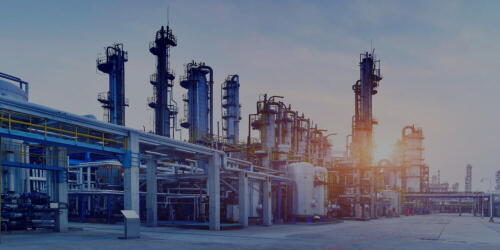RBN’s Daily Energy Blog and Insights sharpen your energy IQ through fundamentals-based analysis that makes sense of North America’s energy market dynamics.
School of Energy: U.S. and Canadian Markets ‘Completely and Inextricably Intertwined’

The monthly and weekly Propane Billboard reports feature insightful commentary and analysis of historical and anticipated trends in the U.S with a deep dive into the propane supply and demand balance by PADD. It includes a custom 1-year forecast with commentary and analysis on emerging market opportunities.
Enterprise to Build Pipe Network for Oxy’s Bluebonnet Carbon Capture Hub in Texas


Harness Your Hopes - How Existing U.S. Hydrogen Infrastructure Forms a Base for Future Expansion
The hype around low-carbon-intensity (LCI) hydrogen that captivated many energy transition fans over the past four years has lost some momentum of late as industry players recalibrate their investment plans in the face of spiraling costs. Still, the U.S.
Canadian Rail Operator Issues Union Lockout Notice, to Halt Service From August 22
Enbridge selects contractors for Straits of Mackinac pipeline tunnel project

NGL Voyager offers subscribers a comprehensive market analysis of natural gas liquids exports which are driven by fundamentals, and combined with the latest industry buzz. The report examines U.S. export trends for propane, butane and ethane, and includes port of origin, destination and volume.
US Rig Count Declines Slightly For Week Ending June 9
Say You'll Be There - Crude and Gas Reserves In Doubt


Square One, Part 4 - Drilling and Completion Set the Stage for Hydrocarbon Production
Oil and gas production in the Shale Era is a refined, controlled process — and a far cry from the early days of wildcatting a century ago.